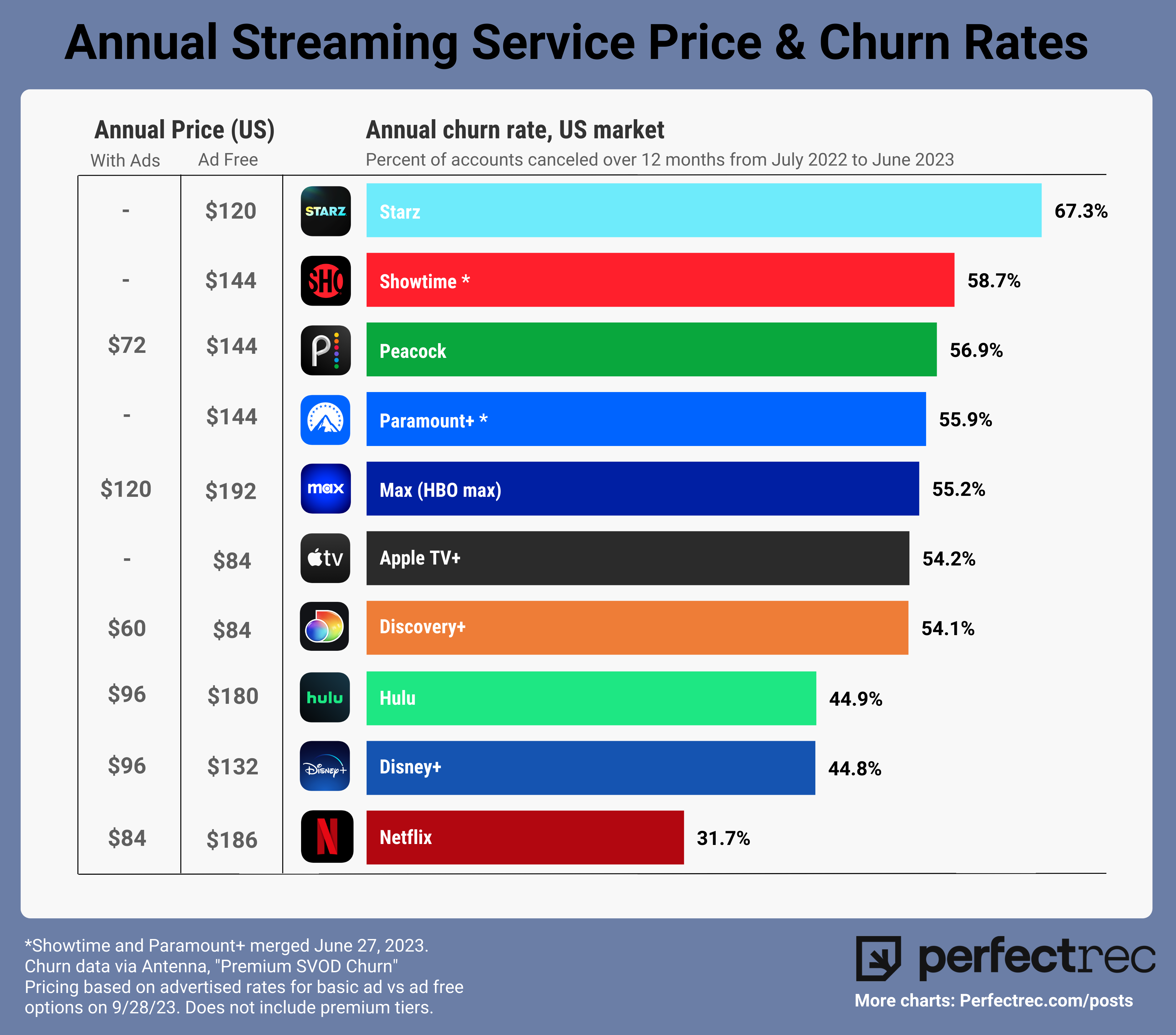It is important to not create a double negative in the thought experiment. Products are still remunerated according to the rates that Disney would be able to achieve through former licensing deals. There is still cash inflow, about 16 billion worth at D+ generated last year.
The short term view is that Disney could pay itself 60 million for a dud like Strange World (with long term owning the pipeline that will be profitable), or it can get 60 from Netflix to do so. But why would Netflix be willing to pay? Because it has metrics for what things are worth. (For reference an actual popular movie would be licensed for 150-200 million). Strange World did poorly, but it was also still paid out by the internal service at a lower rate, as it would have been at an external service.
Cancelling D+ short-term erases the pipelines loses, but it also erases the subscriber revenue in the process. Short term Disney is behind, but they are also creating a modest Netflix rival from scratch. Long term they want to own the content AND a profit generating pipeline (as Netflix currently has achieved). Long term they will have created a 'modest' Netflix internally from scratch without paying another company (?60-100 billion) dollars to acquire one. Though they partially did that with Hulu to the tune of 20 billion and counting.
Domestically they currently average 7.50 a month per subscriber and Internationally 6.10 USD per subscriber. These figures are reflective of Q3 the recent price hikes will still play out over a couple more quarters due to annual subscribers. This is known as ARPU and they report this in financial statements.
As above. Slightly old from Q2 but I think this is the cleanest visual summary for what you are asking.
Yellow is what they pay to make the content or pay to 'acquire' the content from the theatrical releases. It is the majority of the costs. Green would be for marketing or launching D+ itself into new markets (i.e. billboards for D+ content or the service, sizzle reels, media presence). Orange is actual structural costs like staffing, infrastructure.
View attachment 760890
To answer your original question they are actually quite close (0.7 loss above dates back to Q2; it was further improved last quarter). I have hypothesized the service is
currently profitable, with the very clear understanding that financial reporting is going to be behind that. The recent subscriber price hikes happened mid way or late into Q1 depending on the market. So Q1 may still report a loss as an average of the 3 months, even if December started breaking even. I think Q2 will report a profit.
The other major positive tailwind is most of the cost savings from the strikes won't really be occurring until 2024/5 as Disney+ doesn't report production spend until the program actually lands on the service - and even then it is depreciated over a couple years. So none of the lack of spend on production for 9 months has been realized. With slowing releases now becoming more evident in 2024 that will start to manifest and then be amortized over a couple years at lower rates.

-8-Full.jpg)

